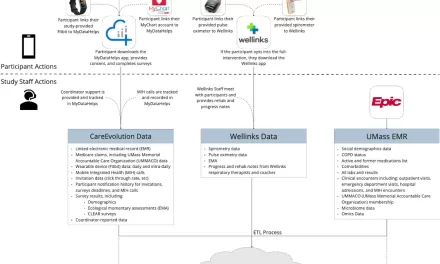Göttingen researchers have pioneered a groundbreaking method for assessing and modulating heart function, offering a promising alternative to conventional electrical defibrillation. Led by the Max Planck Institute for Dynamics and Self-Organization (MPI-DS) and the University Göttingen Medical Center, the innovative approach utilizes light pulses to gently restore normal heart rhythm, potentially minimizing side effects and pain associated with current treatments.
Cardiac arrhythmias, contributing to 15-20% of global annual deaths, pose a significant health risk worldwide. While defibrillators effectively restore heart rhythm, the strong electrical shocks they administer can induce adverse effects, including heart tissue damage and severe pain.
“We developed a new and much milder method which allows the heart to get back into the right rhythm,” stated Stefan Luther, Max Planck Research Group leader at the MPI-DS and professor at the University Göttingen Medical Center. Luther emphasized the method’s potential to control cardiac activity with reduced energy intensity, heralding a paradigm shift in arrhythmia treatment.
Testing their method on genetically modified mouse hearts responsive to light stimulation, the team employed a closed-loop pacing algorithm to trigger a sequence of optical light pulses in response to arrhythmic activity. This novel pacing protocol effectively controlled and terminated cardiac arrhythmias at significantly lower energy intensities, sparing the heart from high-energy shocks.
“Instead of administering a single high-energy shock to restore normal heart rhythm, we use our understanding of the dynamics of cardiac arrhythmias to gently terminate them,” explained Sayedeh Hussaini, first author of the study. Hussaini underscored the method’s subtlety, reporting over 40 times less energy per pulse compared to conventional strategies.
The research team’s breakthrough holds promise for advancing defibrillator technology, potentially leading to more patient-friendly devices with reduced pain and side effects. By leveraging their findings, the scientists aim to enhance arrhythmia control using electrical pulses, ushering in a new era of cardiac care focused on gentler, more effective treatments.
As the quest for safer and more efficient arrhythmia therapies continues, the Göttingen researchers’ innovative approach offers hope for improving patient outcomes and enhancing quality of life for individuals grappling with cardiac disorders.












